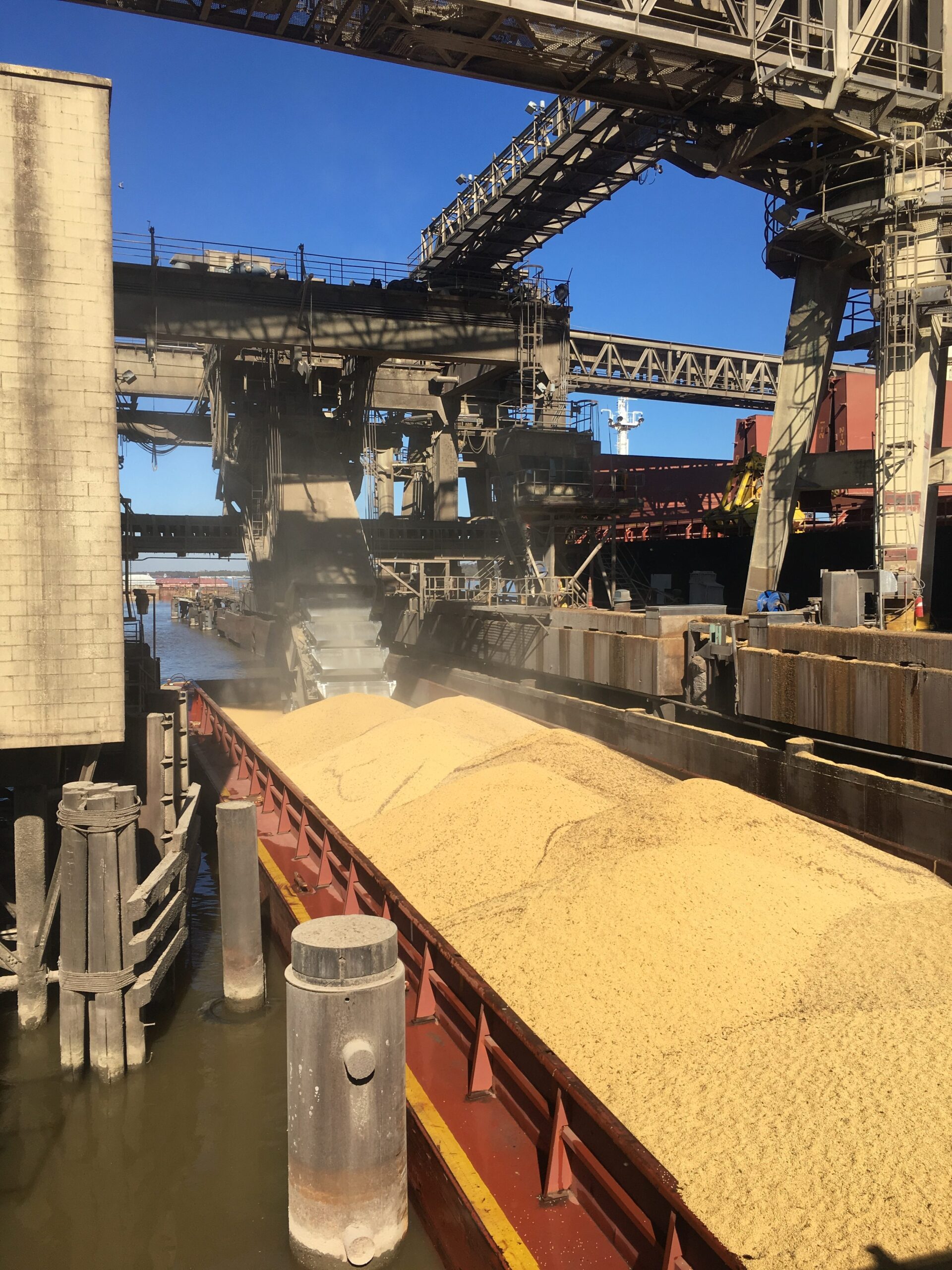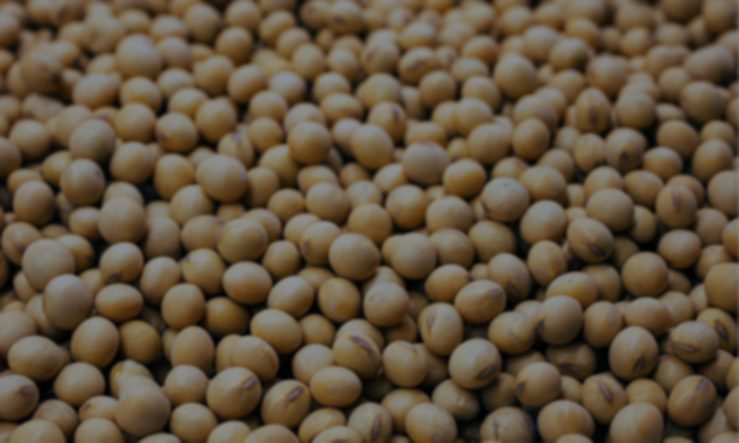Containerized Shipping of Soybeans

By Kayla Weaver
As the news shows ships full of cargo containers waiting in port, most Americans are anxious about being able to get the products inside. However, in agriculture, the questions are more about who gets those containers once emptied and if they can be loaded with soybeans before their return voyage.
According to Will McNair, oil and soyfood director at the U.S. Soybean Export Council, containerized soybean exports continue to be a small, yet steady and growing sector with consistent demand from soy food producers in Japan, Korea, and into other parts of Southeast Asia. Ohio farmers remain among top producers of food grade soybeans including the high-end identity preserved (IP) varieties that are preferred by the soyfood markets.
Integrity and traceability are the primary advantages of containers over bulk exports that see several points of consolidation in route from field to shipping port making a bean from Ohio indistinguishable from those of any other state. Using containers allows for smaller batches ensuring a consistent variety and allowing traceability back to farm where they were grown.
While the international demand for U.S. soybeans is steady, today’s supply chain system is not, as it continues to catch up with shifts and strains caused by the COVID-19 pandemic over the past two years. In addition to the overall supply chain train of closed ports and shortage of workers, soybean exports are seeing some unique challenges of their own. Mike Steenhoek, executive director of the Soy Transportation Coalition cited three major challenges for container shipping in agriculture:
- Most often containers coming into the U.S. are unloaded at urban centers where the goal is to have them ready for return as quickly as possible. Ag production is often not adjacent to these areas and either the soybeans or containers must often travel anywhere from 100 to 300 miles to be loaded in containers, pushing against the desired flow of the supply chain.
- Incoming containers with electronics or clothing weigh in around 12 metric tons while a container full of soybeans, or many other commodities, will exceed 20 metric tons — limiting the number of soybeans that can be loaded onto each vessel.
- A bushel of soybeans has a very slim profit margin compared to a lot of retail items and counts on the large scale of millions of bushels to be economically viable. As containerized shipping costs increase, at some point it is no longer profitable to participate.
Domestically, Steenhoek points to labor shortages exacerbated by workforce competition as one of the biggest challenges for containerized exports. Trucks, barges and rail cars do not move without operators, and these positions have always been a struggle to fill — often requiring stretches of time away from home. Added competition comes from manufacturing, construction and, more recently, distribution centers that are offering wages and benefits that grain handlers are finding it increasingly harder to compete with.
While physical infrastructure is working as designed, these labor issues and shifts in consumer spending and demand have made availability and reliability of container shipping inconsistent creating additional cash flow concerns for some grain handlers. While the demand for soybean exports looks bright, it will likely take some time before the same can be said about an end to current issues and delays in container shipping.

